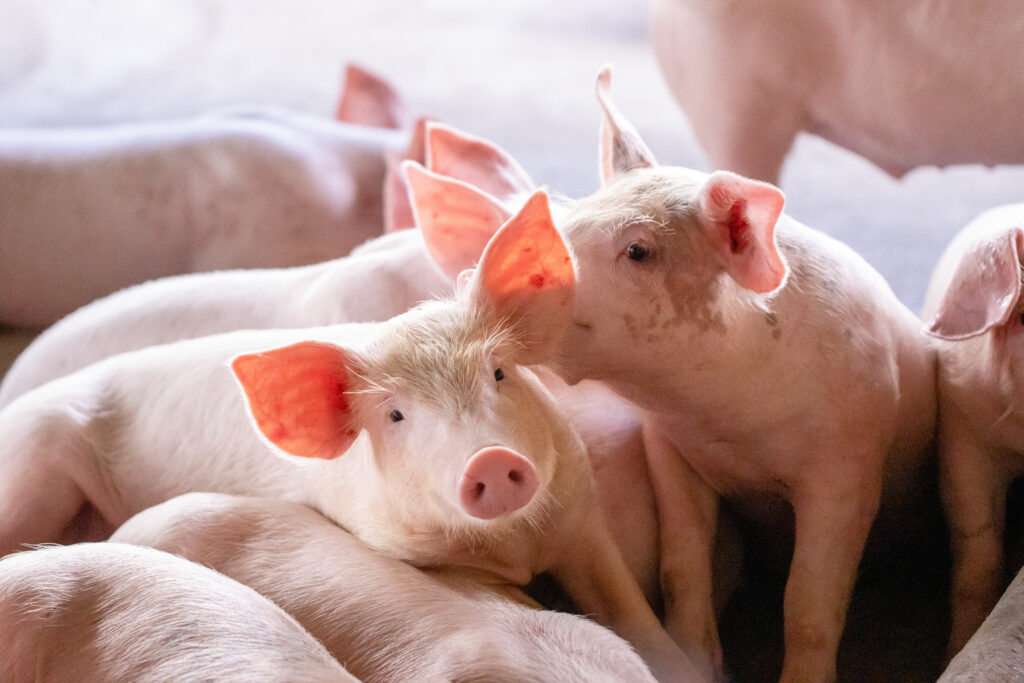Global pork production is slowing down, as key pork producing regions face a contraction of the sow herd, according to the latest Rabobank quarterly pork report.
This trend is expected to result in a decline or flat production in China, the US and some European countries throughout 2024, with disease pressures adding to the industry’s challenges.
Rabobank therefore forecasts a potential contraction in global pork trade during the first half of the year, as high inventories in importing countries dampen demand. “We’re looking at a soft market for pork exports, especially with the ongoing crisis in the Red Sea and Suez Canal complicating European shipments to Asia,” said Chenjun Pan, Senior Analyst – Animal Protein at Rabobank.
Consumption and feed price hope
However, there are some positives for producers in the form stabilising consumption and falling feed prices.
Pork consumption remains resilient in key regions as inflationary pressures ease, with Rabobank expecting a mild improvement in global pork consumption in 2024. The easing of inflationary pressures and an economic rebound in some regions are likely to support this trend.
“Pork continues to be a staple protein, holding its ground against more expensive meats like beef,” Ms Pan explained.
Meanwhile, despite production woes, feed prices continue to ease, with corn and soybean prices down 15% to 25% over the past year. “Lower feed costs are a welcome relief for pig farmers, improving margins in a time of uncertainty,” said Ms Pan.
However, she cautioned that weather-related volatility could still impact supply and price movements.
Regional variances
The report highlights some variation in the key pork producing regions.
Breeding herd reductions in Asian countries, particularly China, have accelerated in recent months due to African swine fever outbreaks and loss making pressures on producers. This is expected to lead to a temporary supply production surge in the first quarter of 2024, followed by a supply decline in the second-half of the year.
In North America, the breeding herd continues to decline, as producers remain under financial pressure, but productivity improvements are offsetting the effect of lower sow numbers.
Across the EU27 plus the UK, pork production was down by 7% in the year to Octover 2023, led by a 20% decline in Denmark, 15% in the Netherlands and 10% in Germany. However, there are signs, according to Rabobank, that the pig herd in north Western European countries is stabilising following these big contractions.
In contrast, production in Brazil is forecast to continue rising in 2024 supported by global demand despite stagnant local demand.
The report emphasises the ongoing impact of ASF and other disease outbreaks in some parts of the world.
Ms Pan added: “We expect disease outbreaks to create ongoing uncertainty in 2024. Meanwhile, productivity will continue to improve in 2024, driven by genetic gains, better farm management and cost reduction strategies.”




